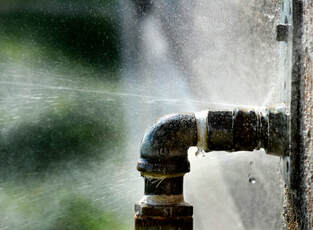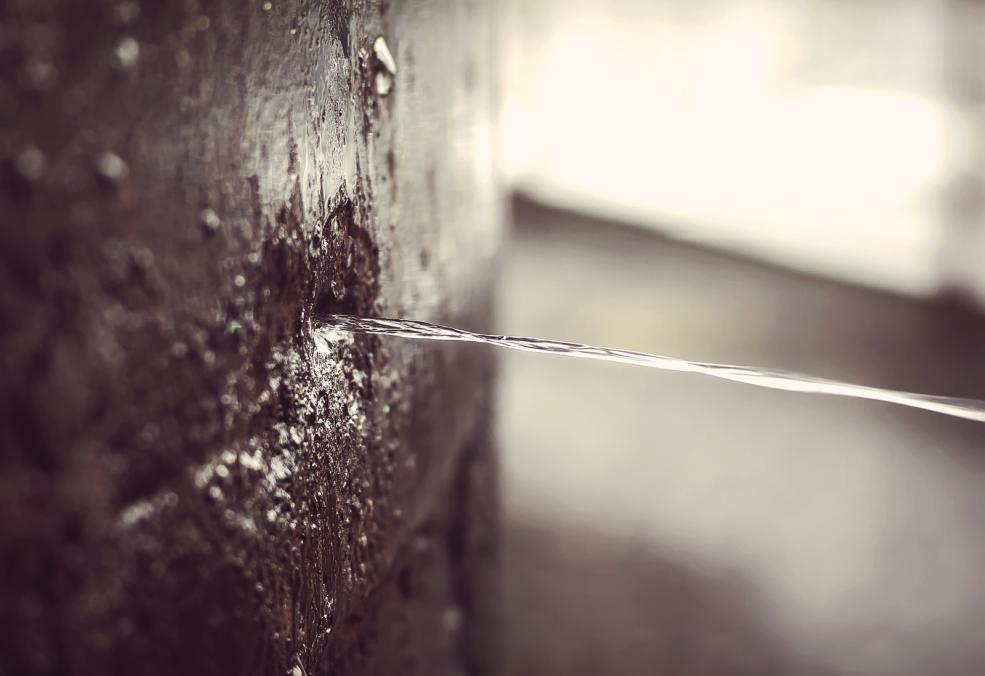What're your beliefs about Detecting hidden plumbing leaks?

Early detection of leaking water lines can alleviate a prospective calamity. Some little water leakages might not be noticeable.
1. Check Out the Water Meter
Every house has a water meter. Inspecting it is a guaranteed manner in which aids you discover leaks. For starters, turn off all the water sources. Ensure no one will purge, make use of the faucet, shower, run the washing maker or dishwashing machine. From there, go to the meter as well as watch if it will certainly change. Since nobody is using it, there should be no motions. That indicates a fast-moving leakage if it moves. If you discover no modifications, wait a hr or two and also examine back again. This means you may have a sluggish leak that could even be below ground.
2. Check Water Intake
Analyze your water expenses as well as track your water consumption. As the one paying it, you must observe if there are any discrepancies. If you detect sudden changes, in spite of your usage being the same, it implies that you have leaks in your plumbing system. Bear in mind, your water expense ought to drop under the same array monthly. A sudden spike in your costs indicates a fast-moving leak.
A stable rise every month, even with the very same habits, shows you have a slow-moving leak that's additionally slowly rising. Call a plumber to thoroughly inspect your residential property, especially if you really feel a warm area on your flooring with piping underneath.
3. Do a Food Coloring Test
When it comes to water consumption, 30% comes from bathrooms. If the shade somehow infiltrates your dish during that time without flushing, there's a leak between the container and dish.
4. Asses Exterior Lines
Don't forget to check your outdoor water lines too. Should water permeate out of the link, you have a loosened rubber gasket. One little leakage can lose bunches of water and also surge your water expense.
5. Assess the circumstance as well as check
Property owners should make it a practice to check under the sink counters and also also inside cupboards for any bad odor or mold development. These two warnings indicate a leakage so timely interest is required. Doing regular evaluations, also bi-annually, can save you from a significant trouble.
A lot more importantly, if you know your house is currently old, maintain a watchful eye on your heating systems, tubes, pipelines etc. Look for discolorations as well as compromising as the majority of devices and also pipelines have a life expectancy. They will also normally weaken due to tear as well as put on. Don't wait for it to rise if you think leaking water lines in your plumbing system. Call a professional plumber immediately so you do not end up with a dreadful mess in your home.
Early discovery of leaking water lines can alleviate a possible disaster. Some small water leakages may not be visible. Inspecting it is a proven means that aids you discover leaks. One little leak can lose loads of water as well as increase your water expense.
If you presume dripping water lines in your plumbing system, don't wait for it to intensify.
WARNING SIGNS OF WATER LEAKAGE BEHIND THE WALL
PERSISTENT MUSTY ODORS
As water slowly drips from a leaky pipe inside the wall, flooring and sheetrock stay damp and develop an odor similar to wet cardboard. It generates a musty smell that can help you find hidden leaks.
MOLD IN UNUSUAL AREAS
Mold usually grows in wet areas like kitchens, baths and laundry rooms. If you spot the stuff on walls or baseboards in other rooms of the house, it’s a good indicator of undetected water leaks.
STAINS THAT GROW
When mold thrives around a leaky pipe, it sometimes takes hold on the inside surface of the affected wall. A growing stain on otherwise clean sheetrock is often your sign of a hidden plumbing problem.
PEELING OR BUBBLING WALLPAPER / PAINT
This clue is easy to miss in rooms that don’t get much use. When you see wallpaper separating along seams or paint bubbling or flaking off the wall, blame sheetrock that stays wet because of an undetected leak.
BUCKLED CEILINGS AND STAINED FLOORS
If ceilings or floors in bathrooms, kitchens or laundry areas develop structural problems, don’t rule out constant damp inside the walls. Wet sheetrock can affect adjacent framing, flooring and ceilings.
https://www.servicemasterbyzaba.com/blog/how-to-detect-water-leakage-in-walls/

Do you like more info about Finding hidden leaks? Make a remark down the page. We would be interested to see your opinions about this blog posting. In hopes that you visit us again before long. Loved our content? Please share it. Help another person find it. I cherish reading our article about Leaking water lines.